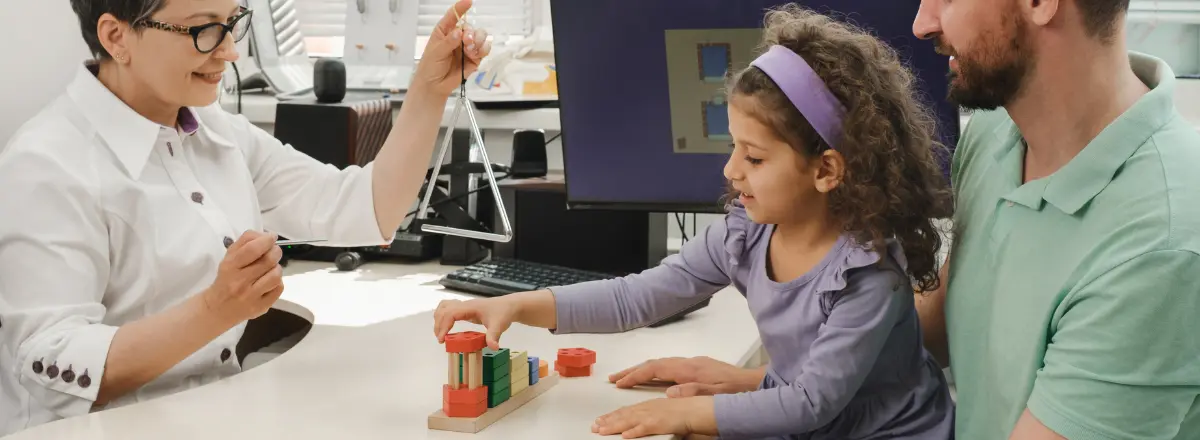Aural Rehabilitation

Aural rehabilitation provides guidance and strategies to individuals aiming to adapt to their hearing loss. The primary goal is to address and alleviate daily difficulties due to hearing loss, enhancing everyday life experiences…
Understanding Aural Rehabilitation
Aural rehabilitation is a specialized process tailored to assist individuals in adjusting to and managing their hearing loss. By enhancing the daily experiences of those affected, aural rehabilitation plays a pivotal role in ameliorating the adverse impacts of hearing difficulties.
Key Components of Aural Rehabilitation
While every individual’s journey with hearing loss is unique, certain core components remain integral to aural rehabilitation. Let’s delve into these areas:
1. Grasping Your Unique Hearing Impairment
Understanding the nature, cause, and effects of your specific hearing loss is paramount. With a comprehensive grasp of the characteristics of your hearing challenges, you’re better equipped to explain your situation to others and adapt more efficiently to your auditory surroundings.
2. Enhancing Communication Abilities
- Brain Retraining: Familiarizing oneself with long-unheard sounds through hearing aids requires cognitive readjustment. This is where aural rehabilitation equips individuals with strategies to adapt smoothly.
- Non-verbal Cues: Communication isn’t solely verbal. Mastering the art of interpreting facial expressions, gestures, and body language provides invaluable context to spoken words.
- Lipreading Mastery: Beyond simply reading lips, this skill empowers individuals to discern words with similar visual cues but varied meanings, enriching their communication capabilities.
- Optimizing Environments: Strategically choosing and modifying social or work settings can significantly enhance communication experiences.
3. Maximizing Your Hearing Aid Experience
Your chosen hearing aid, equipped with features aligned to your needs, is more than just a device. Fully understanding its capabilities and maintaining realistic expectations ensures a smoother adaptation process.
4. Accessorizing Your Hearing Aids
Modern hearing aid technology is accompanied by a plethora of accessories. Be it assistive listening devices for televisions, phones, or music players, these supplementary tools enrich the auditory experience. It’s essential to discuss potential additions with your hearing health care provider.
5. Tapping into Supportive Frameworks
From legal provisions like the Americans with Disabilities Act ensuring accommodations for hearing-impaired individuals to support groups fostering a sense of shared experiences and understanding, harnessing support is crucial.
Aural Habilitation: A Focus on Children
For children who have never experienced ‘normal’ hearing, habilitation, as opposed to rehabilitation, is the path forward. Early identification and intervention are pivotal for these young ones, ensuring they aren’t left behind in speech and language development.
Crucial Aspects of Child Aural Habilitation
- Auditory Perception: Enabling children to identify, differentiate, and comprehend sounds is foundational.
- Speech Progress: Guiding children in speech clarity, rhythm, loudness, and voice quality is vital for effective communication.
- Hearing Aid Adaptation: Gradually transitioning the responsibility of hearing aid maintenance from caregivers to the child fosters independence and self-reliance.
Conclusion
At ENT, Sinus & Hearing Care Center, we are deeply committed to offering holistic aural rehabilitation services, ensuring that every individual, be it an adult or child, finds their path to enriched auditory experiences and improved quality of life.